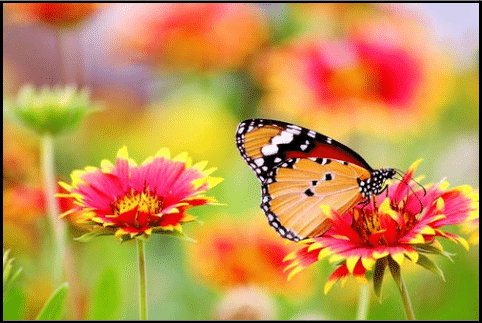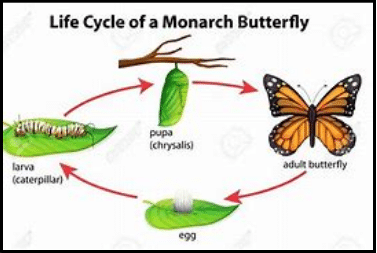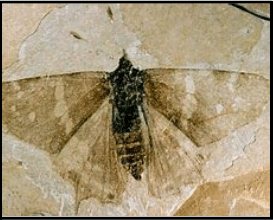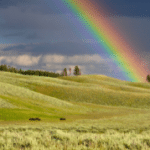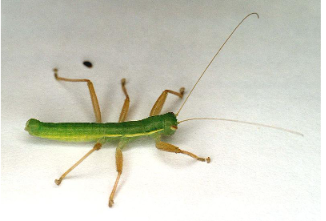These are beautiful flying insects which comprehend nature. Butterflies have large scaly wings with mixture, in contrast to different bright colours and fluttering flight.
These insects belong to class lepidoptera on the basis of the scaly wings and these wings are different from others. There are also 150,000 different species of butterfly and moths in which 28,000 are species of butterflies. These are found all over the world in every type of environment like hot, cold, dry and moist and mostly the butterflies are there in tropical areas. Even some of the species of butterflies migrate to escape from the changes in the environment. Butterflies are frequently polymorphic, and many species elude predators by using camouflage, mimicry and aposematism. Some species, such as the monarch butterfly and the painted lady, migrate enormous distances.
Most butterflies are preyed upon by other species or are affected by parasites or parasitoids such as wasps, protozoans, flies, and other invertebrates. Some species are pests because their larval stages can harm domestic crops or trees, while others are pollinators for certain plants. A few butterflies’ larvae eat dangerous insects and a few are ant predators, while others coexist with ants as mutualists. In the artistic and literary arts, butterflies are a common motif. “Butterflies are one of the many charming insects,” per the Smithsonian Institution. The butterflies have good adeptness to fly. They have two pairs of large wings and can fly when the temperature is above 86 degrees. Also these insects can fly at about 30 miles per hour.
Life cycle
Butterflies and moths go into a complete metamorphosis, undergoing four different life stages.They are:
- A butterfly’s existence begins with an egg, which is commonly placed on a leaf.
- The larva(caterpillar) develops from an egg and feeds virtually constantly on leaves or flowers. As the caterpillar matures, it moults(loses its old skin) several times. Before pupating, the caterpillar can grow up to a thousand times its original size.
- Pupa(Chrysalis)–It becomes a pupa(chrysalis), which is a resting stage.
- Adult–A lovely, flying adult appears. The cycle will be continued by this adult.
Caterpillars chew leaves with their strong mandibles for the majority of their lives(jaws). However, a caterpillar’s first food is its own eggshell. Meat-eating caterpillars exist, and the larva of the carnivorous Harvester butterfly feeds on woolly aphids. Butterflies and moths use a tube-like proboscis, which is a long, flexible “tongue,” to drink liquid food. When not in use, this proboscis uncoils to allow food to pass through, then coils back up into a spiral. The nectar from flowers is what most butterflies feed on. Some butterflies consume the juice from rotting fruits, while a select number prefer rotting animal flesh or fluids (the Harvester butterfly uses its strong proboscis to pierce the bodies of woolly aphids and drink the bodily fluids).
Nearly all butterflies are diurnal and one of the major facts is that the chorion is a hard-ridged outer layer of shell that protects butterfly eggs. This is lined with a small layer of wax to keep the egg from drying up before the larva has finished developing. At one end of each egg are a number of tiny funnel-shaped apertures called micropyles, which allow sperm to enter and fertilise the egg. The size and structure of butterfly eggs varies widely between species, although they are usually upright and highly sculpted. Some species lay eggs singly, while others lay them in groups. Between one hundred and two hundred eggs are produced by many females.
Fossils of butterflies are quite rare. The earliest butterfly fossils date from some 130 million years ago, during the early Cretaceous period. Because both adult butterflies and caterpillars feed on flowering plants, and the adults are vital pollinators of many flowering plants, their evolution is strongly tied to that of flowering plants (angiosperms). During the Cretaceous epoch, flowering plants appeared.

